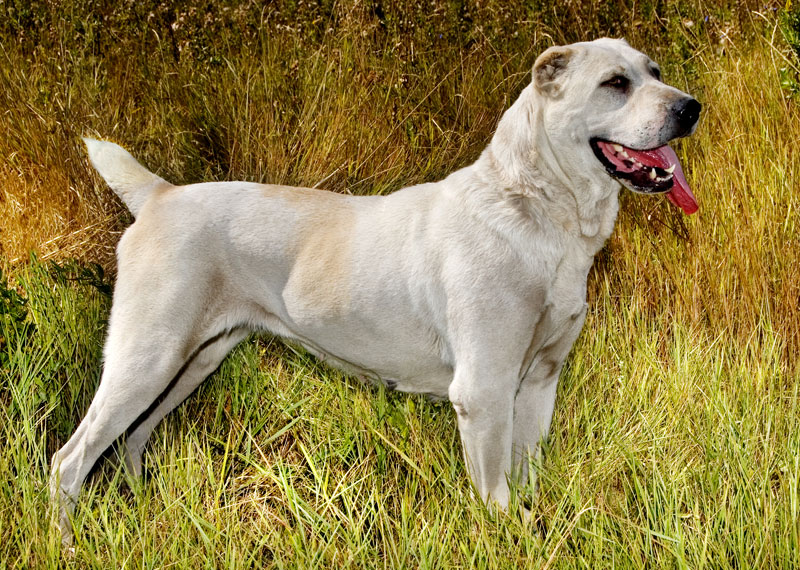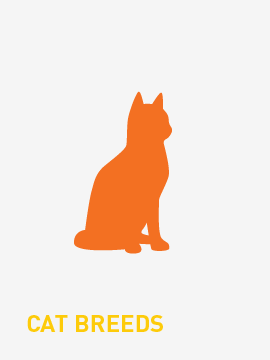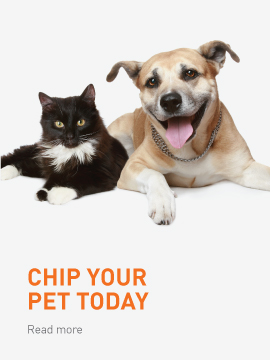The Central Asian Ovcharka is recognized by Fédération Cynologique Internationale, as a Molosser type dog breed of Russian origin. Most breed representatives reside in Russia, and local kennel club officials refer to Central Asians as one of the most popular dog breeds in the country, often rating it as the #1 breed.
History
Central Asians most likely originated in a geographical area between the Ural River, Caspian Sea, Asia Minor, and the Northwest border of China. Indigenous peoples Central Asians as well as mixes still can be found in its countries of origin, such as Kyrgyzstan, Tadzhikistan, Turkmenistan, Kazakhstan, Afghanistan, Uzbekistan and surrounding countries. Some serve as livestock guardians, some protect their owners, and some are used for dog fighting, which is a national tradition in many countries of that region. This breed bears a strong genetic similarity to other aboriginal breeds of Livestock Guardian dogs from that region such as Northern Caucasian Volkodav, Kangal dog, and Akbash. Russian biologists and scientists have studied the local dog population since the 18th century. After the Communist revolution, the Soviet government focused on working dog breeds for the Red Army, and imported the best breed representatives to Russia as per military dogs' and guard dogs' requirements. Over the decades, this practice harmed the local population. The introduction of new breeds to the region led to crossbreeding. Eventually, purebred dogs only remained with herders, breed enthusiasts and farms, with a surfeit of crosses elsewhere. However, the Central Asian Shepherd Dog population is still stable in general, reproducing some true quality dogs praised for working abilities, regardless of country of origin. Trading bloodlines and purchasing unrelated breeding stock between Russia, other "former USSR republics" (such as Ukraine, Belarus etc. ) and countries where CAO still at aboriginal stage is a common practice nowadays. This breed comprises numerous breed types. They differ in size, color, head types, and hair types. Central Asians tend to form a social group, consisting of different members bearing different duties; thus puppies with different working qualities are normally born in the same litter. These breed features, as well as different traditional names for the breed, give grounds for complications with breed standard. Most important, purebred Central Asians have unique breed characteristics. Breed-specific dog anatomy includes exclusive features, such as very noticeable extremely flexible joints, false ribs, specific head set, and very strong neck with massive dewlap. Expressive, almost human eyes, revealing inimitable intelligence, finish the portrait.For working qualities, modern Central Asians have been bred into different directions, depending on the demand for specific abilities. Traditional dog fights had always been a national tradition in places of original habitat, but they had never been cruel and destructive as pitbull-type fights. All herders from the same area annually met together, and fought their strongest sheep guardian male dogs to pick the winner. It was about dominance (ethology) rather than destroying their own kind. Most dogs evaluated each other when met at the field and the weaker or more submissive dog left, taking the loss. Dogs seldom injured each other, inflicting mostly minor scratches within a short period of time. Only true leaders actually had to determine the strongest dog via a real fight; but this was minor, compared to their everyday duties, facing predators and venomous snakes.They are the most powerful dogs of livestock guardian type dogs, not too much, but slightly more powerful than Caucasian Shepherd, Kangal, Akbash etc. Modern commercial dog fights often differ from traditional as much as livestock guardian dogs differ from fighting dogs. There are different rules, and different breeds involved. Most Central Asians used for modern commercial fights come from fighting lines. The majority of breeders are aware of their dogs’ backgrounds, and will tell whether the dog comes from lines used for fighting. One can always expect a high level of aggression toward other dogs from CAOs with a dog fighting background. It is always important to distinguish whether a dog will display aggression only toward strange, unfriendly dogs entering their territory, while establishing and maintaining the usual social relationships with other animals on the premises; or will attack regardless of whether the other dog is a member of the same social group. Promiscuity in aggression toward strangers and friends is highly atypical for the breed.Central Asians are still in demand as livestock guardians, though not nearly as much as they used to be. These dogs, to differing degrees, are protective against human intruders; they are very territorial, safe with children; they love and respect elderly people, protect all small animals from predators, and are very gentle with family members.Dogs for personal protection or working dogs originated from livestock guardian dogs, selectively bred by Russian breed experts for working abilities. As a result, they excel in obedience, territory protection, and personal protection, and are very intelligent. As such, they make perfect house dogs. They do not need any complicated training to learn basic house rules, and treat the owner with the same great respect with which their ancestors treated the herder. These dogs were introduced to the worldwide sheep breeding community with great success. Guard dogs must be able to work as a team to protect sheep against predators; thus excessively aggressive CAOs, as with any other dogs, cannot be members of the pack, and will not pass this simple test for compliance with the breed origination purpose. Central Asian Shepherd dogs can come from working lines, fighting lines, and livestock guardian lines, and behave accordingly, regardless of the country they come from. Simple pedigree research and conversation with the breeder will reveal what basic instincts one can expect from the dog. Central Asians from pure show lines are very rare, because most registries require working tests prior to breeding. Selected for centuries for their abilities to destroy predators, and praised for their power and stamina, Central Asians sometimes are called "Volkodav", "The Wolf Crusher" in Russian. It is very important to select only stable dogs for breeding purposes, and avoid starting protection training of dogs of this breed at early age.






